Indigenous Governance Database
Environment and Natural Resources

Tribes Get $6 Million in Federal Funds for Energy Efficiency Project
Eleven tribal communities are receiving a total of $6 million toward renewable energy projects and technologies, the U.S. Department of Energy (DOE) announced. It is part of President Barack Obama’s ongoing initiative to help tribal nations and Alaska Native villages reduce fossil fuel use, save…
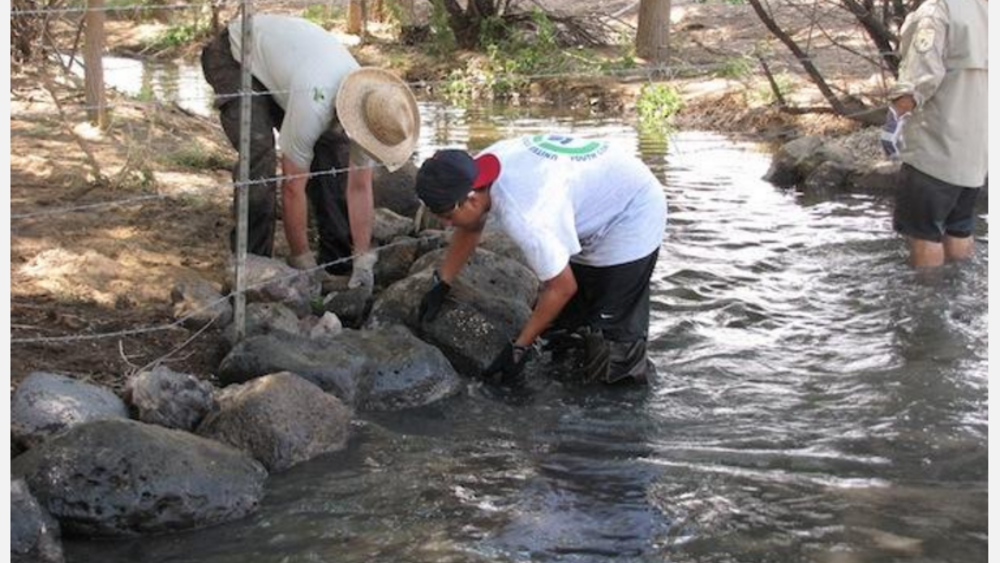
Indigenous Youth Help USFWS Restore Fish Passage on Cochiti Pueblo
Ask a group of teenagers their idea of fun and you might get answers like hanging out with friends, dodging opponents during a game of laser tag or playing their favorite video games. But for a group of Native American youth from several of New Mexico’s pueblos, fun meant working outside on a warm…
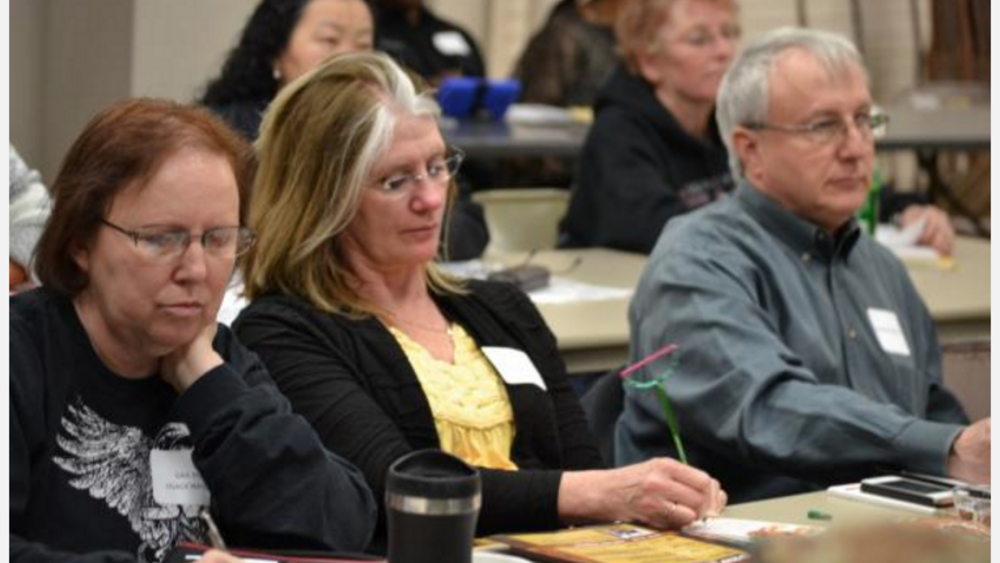
Food Sovereignty: How Osage People Will Grow Fresh Foods Locally
Growing fresh and local foods for Osage people is now a revived approach to food sovereignty for the Osage Nation so efforts to find the most successful methods are being looked into by leadership and community members. On Feb. 7, the Oklahoma Department of Agriculture along with the Oklahoma State…

Blue Lake Rancheria's Bold Action on the Climate Front Pays Dividends
Nestled in Northern California’s Mad River Valley between the coastal mountains and the Pacific Ocean, the Blue Lake Rancheria is bordered by great forests and the California Redwood trees. It’s a sacred and hard-won swath of land for the Tribe that calls it home, and preserving it for future…
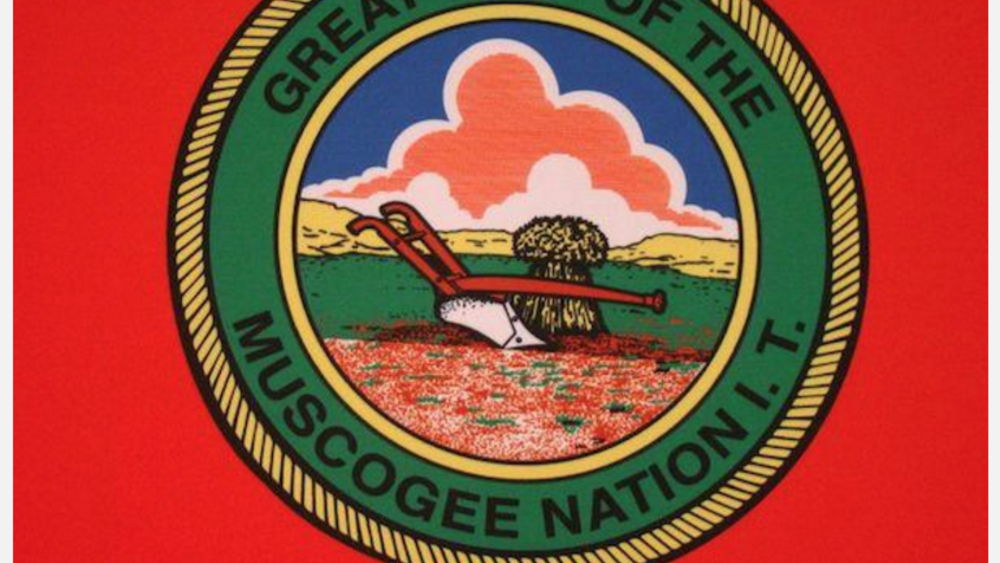
Muscogee (Creek) Nation Creates Conservation District With USDA
The Muscogee (Creek) Nation, working with the U.S. Department of Agriculture (USDA), has established a conservation district, the two entities announced on November 19...

Revitalizing a Traditional Seed to Revitalize Osage Culture
Vann Bighorse, director of the Wah-Zha-Zhi Cultural Center in Pawhuska, Oklahoma, is keenly aware that Osage traditions are getting closer to slipping away–permanently. A current project to preserve Osage culture and revive a millennia old tradition is now three years in the making. The Cultural…
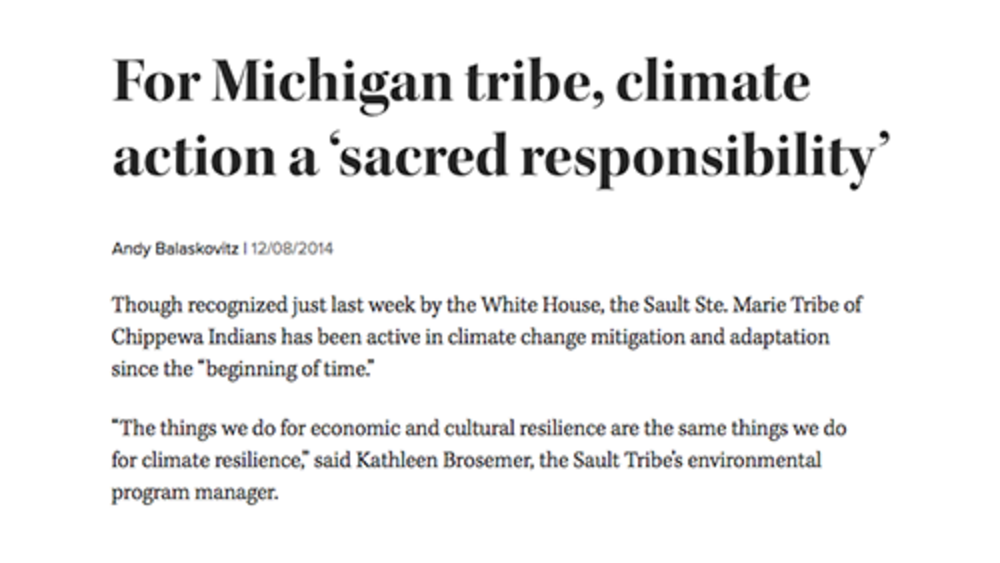
For Michigan tribe, climate action a 'sacred responsibility'
Though recognized just last week by the White House, the Sault Ste. Marie Tribe of Chippewa Indians has been active in climate change mitigation and adaptation since the “beginning of time.” “The things we do for economic and cultural resilience are the same things we do for climate resilience,”…

BIA Head Kevin Washburn Speaks to ICTMN About Bay Mills and the Need to Resolve Water Rights
Interior Secretary — Indian Affairs Kevin K. Washburn was in New York City in September as the historic Peoples’ Climate March and the United Nations General Assembly opened its 69th regular session with the first World Conference on Indigenous Peoples, where he added to our excitement here at…
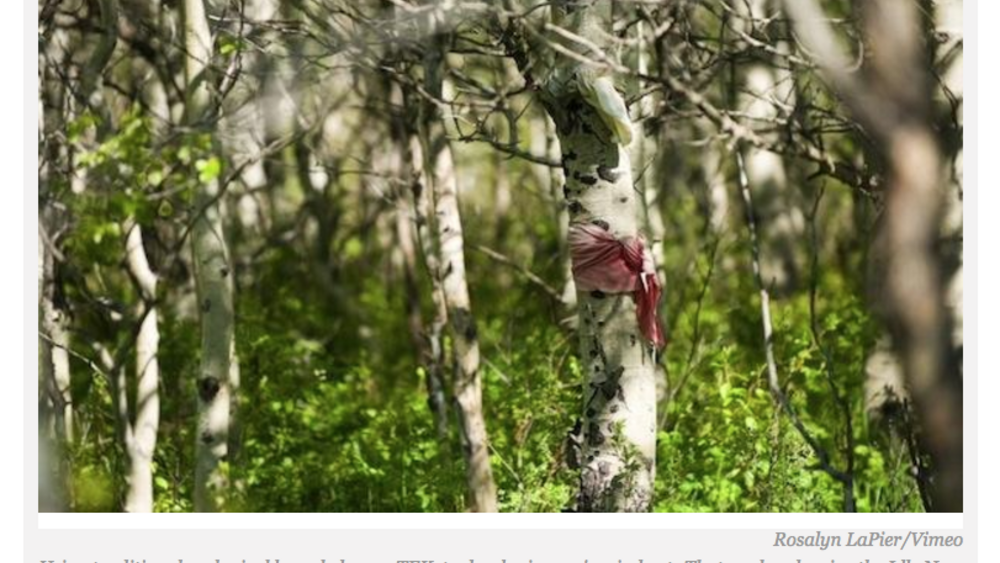
Idle No More: Decolonizing Water, Food and Natural Resources With TEK
Watersheds and Indigenous Peoples know no borders. Canada’s watershed management affects America’s watersheds, and vice versa. As Canada Prime Minister Stephen Harper launches significant First Nations termination contrivance he negotiates legitimizing Canada’s settler colonialism under the guise…
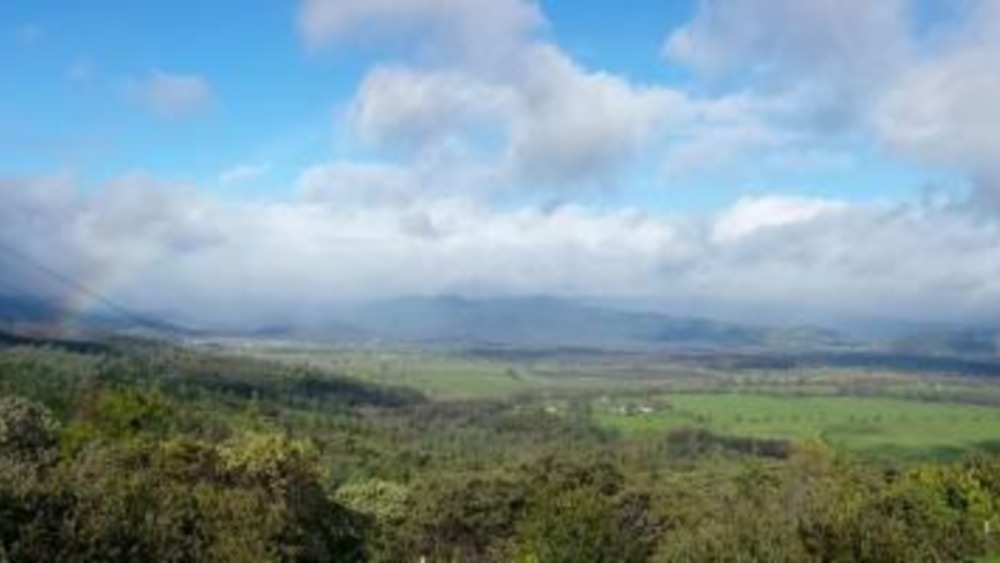
Round Valley First Forest Carbon Offset Project on Native Trust Land for California
The discussions of climate change and carbon footprints are important subjects within Indian country, and on February 24 the Round Valley Indian Tribes became a part of history as far as carbon emissions goes. Round Valley and New Forests on Tuesday announced the regulatory approval of the first…

Northern California Tribe Harnesses Sun and Wind for Renewable Energy System
It’s sunny and windy on the northern coast of California. So why not put these elements to good use to help power a reservation, expand energy independence and reduce the carbon footprint? That’s the thinking behind the decision by the 577-member Bear River Band of the Rohnerville Rancheria to…

Meet The Woman Helping Native American Communities Get Ready For Climate Change
The effects of climate change are already being felt across America. In Alaska, rising sea levels and eroding coastlines have forced a dozen different communities to relocate. In the Southwest, the risk of forest fires is increasing, water supplies are dwindling and native animal species are coming…
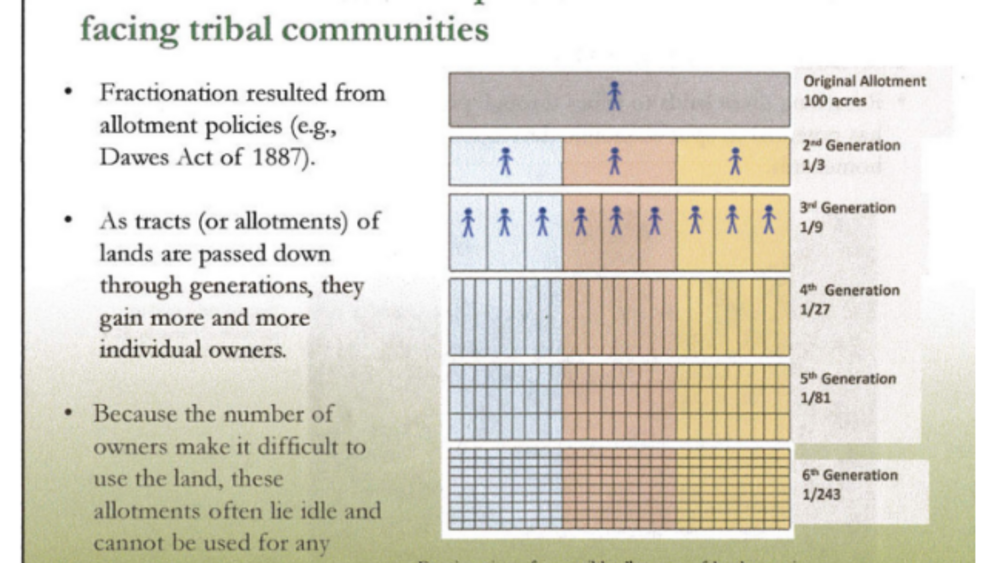
Osage Nation to receive $7.4 million in Cobell Land Buy-Back program
The Land Buy-Back Program for Tribal Nations has come to the Osage and the federal government is proposing $7.4 million to buy back fractionated land interest from individual tribal members. According to tribal development and land acquisition director Bruce Cass, who is working with Osage attorney…
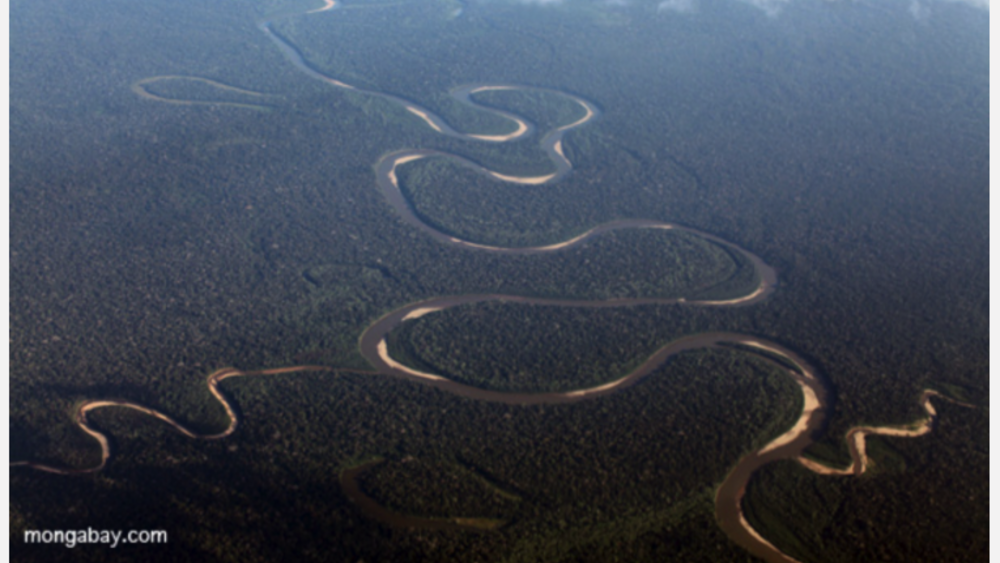
Environmental Wisdom: Keeping Indigenous Stories Alive
"Long ago, when animals were gente..." Those words, uttered countless times by indigenous Amazonian storytellers, blur the boundary between humans and other creatures in the forests and rivers, revealing a different view of the way human and non-human worlds intertwine. "You can't talk about…
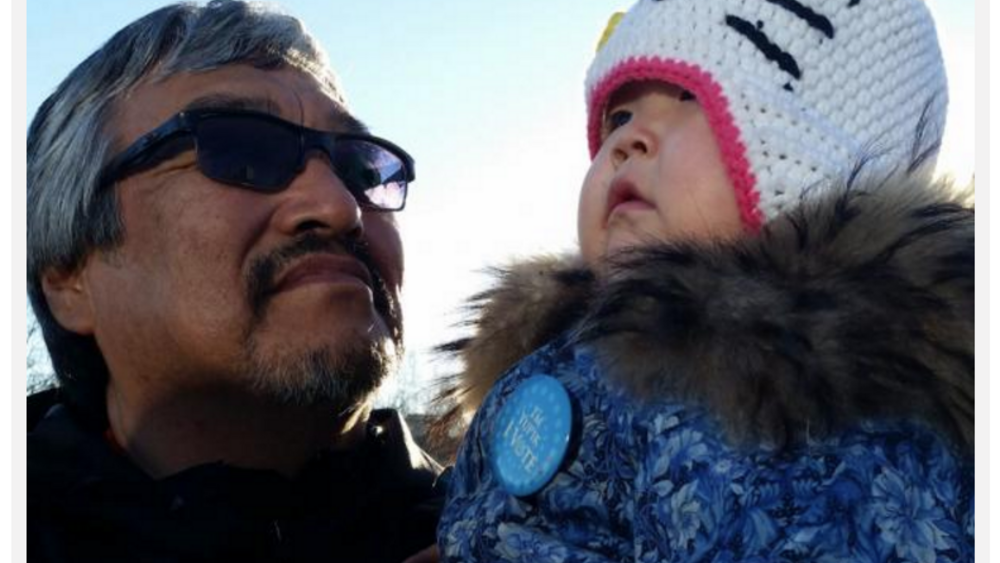
New Inter-Tribal Fish Commission Formed to Give Alaska Tribes a Say
Alaska reminds me of Washington state. Let me qualify that. Alaska reminds me of Washington state before the mid-1970s. Back then the region was deeply divided over treaty rights, salmon, and even the definition of what it meant to be an American Indian in modern times. The official state…

Island First Nation grasps potential of alternative power
While oil pipeline debates, anti-fracking protests and increasing fossil fuel demands embroil the country from coast to coast, a small Vancouver Island First Nation is leading the way on a different path. In the past five years, the seaside T’Sou-ke nation has become a world-renowned leader in…
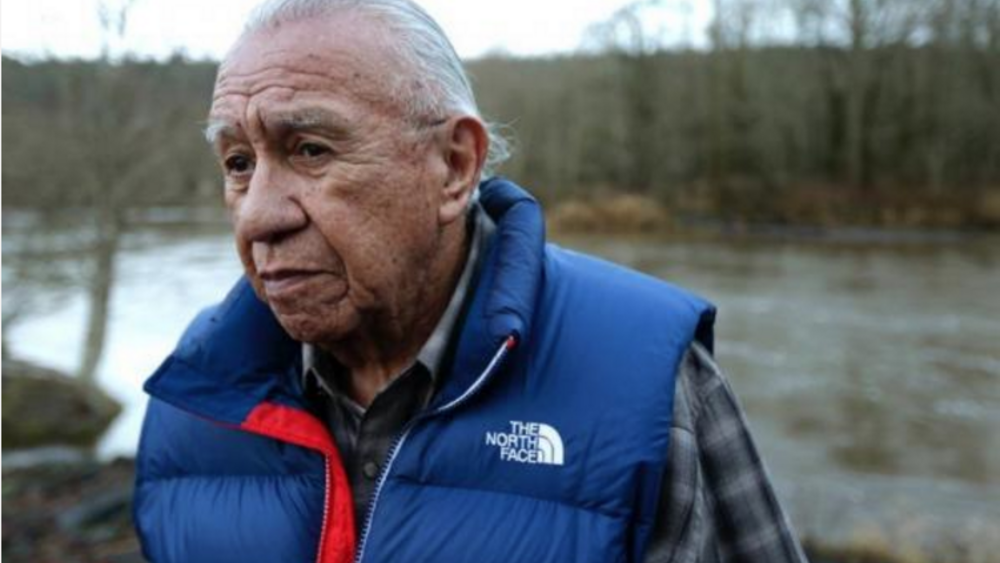
Billy Frank Jr.: A World Treasure (1931- 2014)
“I was the go-to-jail guy.” That’s how Billy Frank, Jr., (Nisqually) often described his role during the treaty fishing rights struggle in the Pacific Northwest of the 1960s and ‘70s. Beginning as a teenager of 14, he went to jail more than 50 times and was arrested more than three times that. His…
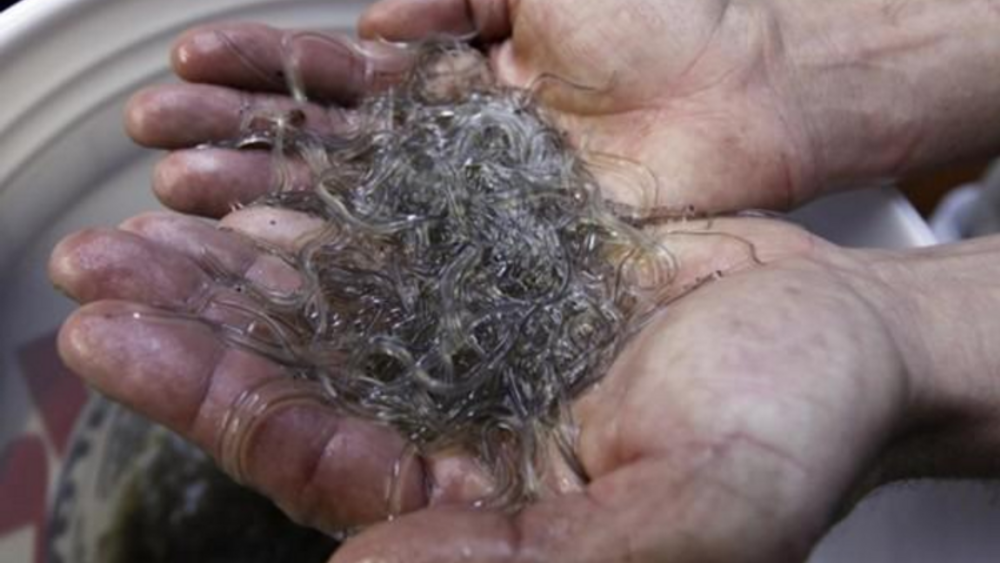
Passamaquoddy Tribe Amends Fishery Law to Protect Its Citizens from State Threat
The Passamaquoddy Tribe’s fishery law has been amended to implement individual catch quotas for the lucrative elver season that began on April 5. While the quota system conforms to a new state law, Passamaquoddy leaders stressed that the change was made to both protect tribal citizens and conserve…
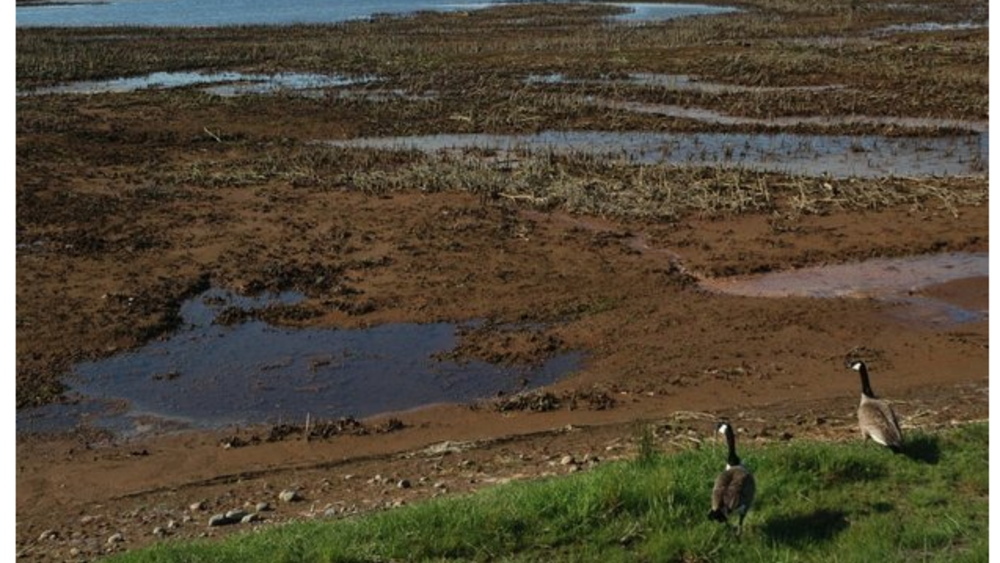
Washington joins Nisqually Tribe to develop new 1,300-acre state park in Mount Rainier foothills
Washington will develop a new 1,300-acre state park in the Mount Rainier foothills, about a 2.5-hour drive north of Portland/Vancouver. The Washington State Parks and Recreation Commission and the Nisqually Indian Tribe on Tuesday signed a partnership agreement for the collaborative development of…
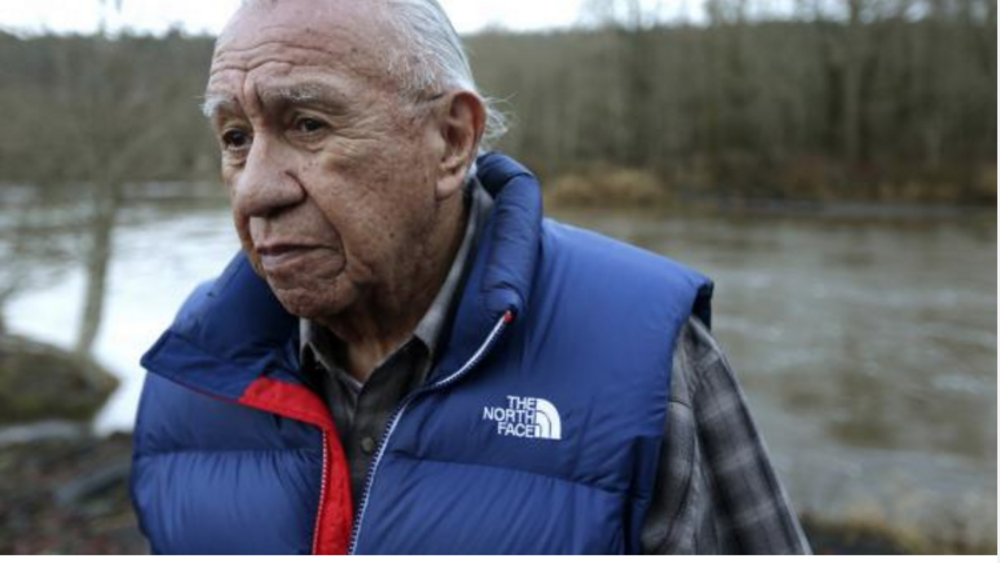
Tribal Rights Legend and Leader Billy Frank Jr. Walks On
In 2004, we celebrated 30 years since the Boldt Decision of 1974, the landmark Indian fishing rights victory, that Billy Frank Jr. fought so hard for.“Frank is widely credited as conscience and soul of the efforts by Indian people in Washington to secure their rights to a fair share of fish on…
Pagination
- First page
- …
- 6
- 7
- 8
- …
- Last page
